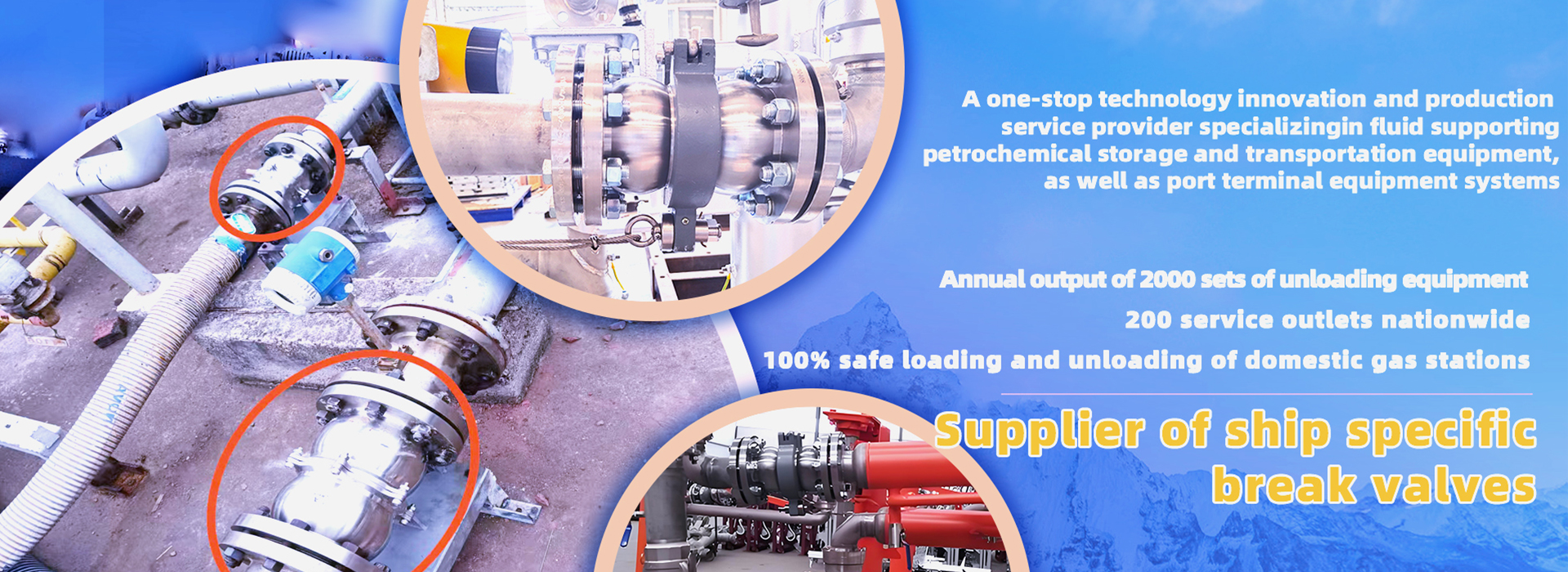A breakaway valve typically consists of three core modular components, designed for both stable connection during normal operation and reliable disconnection in emergencies:
- Connection & Sealing Module: Includes paired male/female connectors (for pipeline/hose attachment) and multi-layer seals (e.g., metal-to-metal seals, cryogenic-resistant composite seals). It ensures tight sealing of LNG during normal transfer, preventing low-temperature leakage.
- Trigger & Disconnection Module: The core functional part, composed of a preset tension/pressure-sensitive mechanism (e.g., shear pins, spring-loaded locking plates) and a separation interface. When external force (tension/pressure) exceeds the preset threshold, this module activates to split the valve into two halves quickly.
- Shutoff Module: Equipped with built-in check valves or quick-closing spools on both the "source side" (connected to LNG storage) and "user side" (connected to transfer equipment). After disconnection, it automatically shuts off the flow channel on both sides instantaneously to block residual LNG discharge.
Its operation follows a "normal retention → emergency trigger → dual-side shutoff" logic, tailored to LNG’s ultra-low-temperature (-162°C) and flammable characteristics:
- Normal Operation Stage: The valve’s male/female connectors are locked via the trigger module (e.g., shear pins in place). LNG flows smoothly through the internal channel, with the sealing module maintaining zero leakage, ensuring stable transfer during loading/unloading.
- Emergency Trigger Stage: If accidents occur (e.g., LNG tanker displacement pulling the hose, collision damaging the pipeline), the tension/pressure on the valve exceeds the preset threshold. The trigger module (e.g., shear pins shear, locking plates release) activates, and the valve splits at the separation interface.
- Post-Disconnection Shutoff Stage: Immediately after separation, the shutoff modules on both sides actuate—check valves close under spring force or LNG residual pressure, sealing the source-side and user-side channels respectively. This prevents large-scale LNG leakage, avoiding frostbite hazards, equipment freezing damage, or flammable vapor explosion risks.



